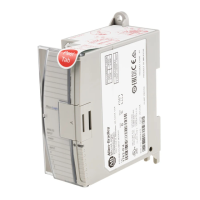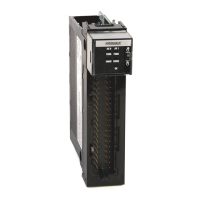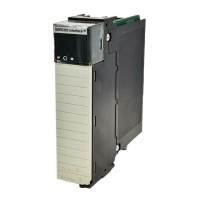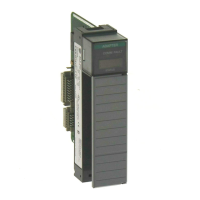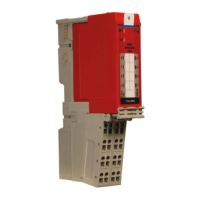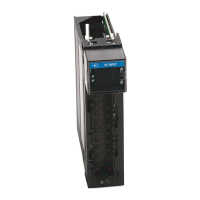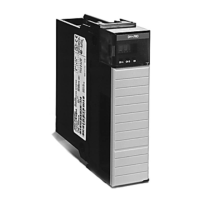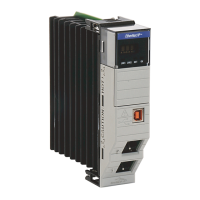Publication 1762-RM001C-EN-P
Process Control Instruction 19-23
Procedure
1. Create your ladder program. Make certain that you have properly
scaled your analog input to the range of the process variable PV and
that you have properly scaled your control variable CV to your analog
output.
2. Connect your process control equipment to your analog modules.
Download your program to the processor. Leave the processor in the
program mode.
3. Enter the following values: the initial setpoint SP value, a reset T
i
of 0,
a rate T
d
of 0, a gain K
c
of 1, and a loop update of 5.
Set the PID mode to STI or Timed, per your ladder diagram. If STI is
selected, ensure that the loop update time equals the STI time interval.
Enter the optional settings that apply (output limiting, output alarm,
MaxS - MinS scaling, feed forward).
4. Get prepared to chart the CV, PV, analog input, or analog output as it
varies with time with respect to the setpoint SP value.
5. Place the PID instruction in the MANUAL mode, then place the
processor in the RUN mode.
6. While monitoring the PID display, adjust the process manually by
writing to the CO percent value.
7. When you feel that you have the process under control manually,
place the PID instruction in the AUTO mode.
8. Adjust the gain while observing the relationship of the output to the
setpoint over time.
9. When you notice that the process is oscillating above and below the
setpoint in an even manner, record the time of 1 cycle. That is, obtain
the natural period of the process.
Natural Period
≅
4x deadtime
Record the gain value. Return to the MANUAL mode (stop the process
if necessary).
ATTENTION
!
Ensure that all possibilities of machine motion have been
considered with respect to personal safety and equipment
damage. It is possible that your output CV may swing
between 0 and 100% while tuning.
NOTE
If you want to verify the scaling of your continuous
system and/or determine the initial loop update time of
your system, go to the procedure on page 19-25.
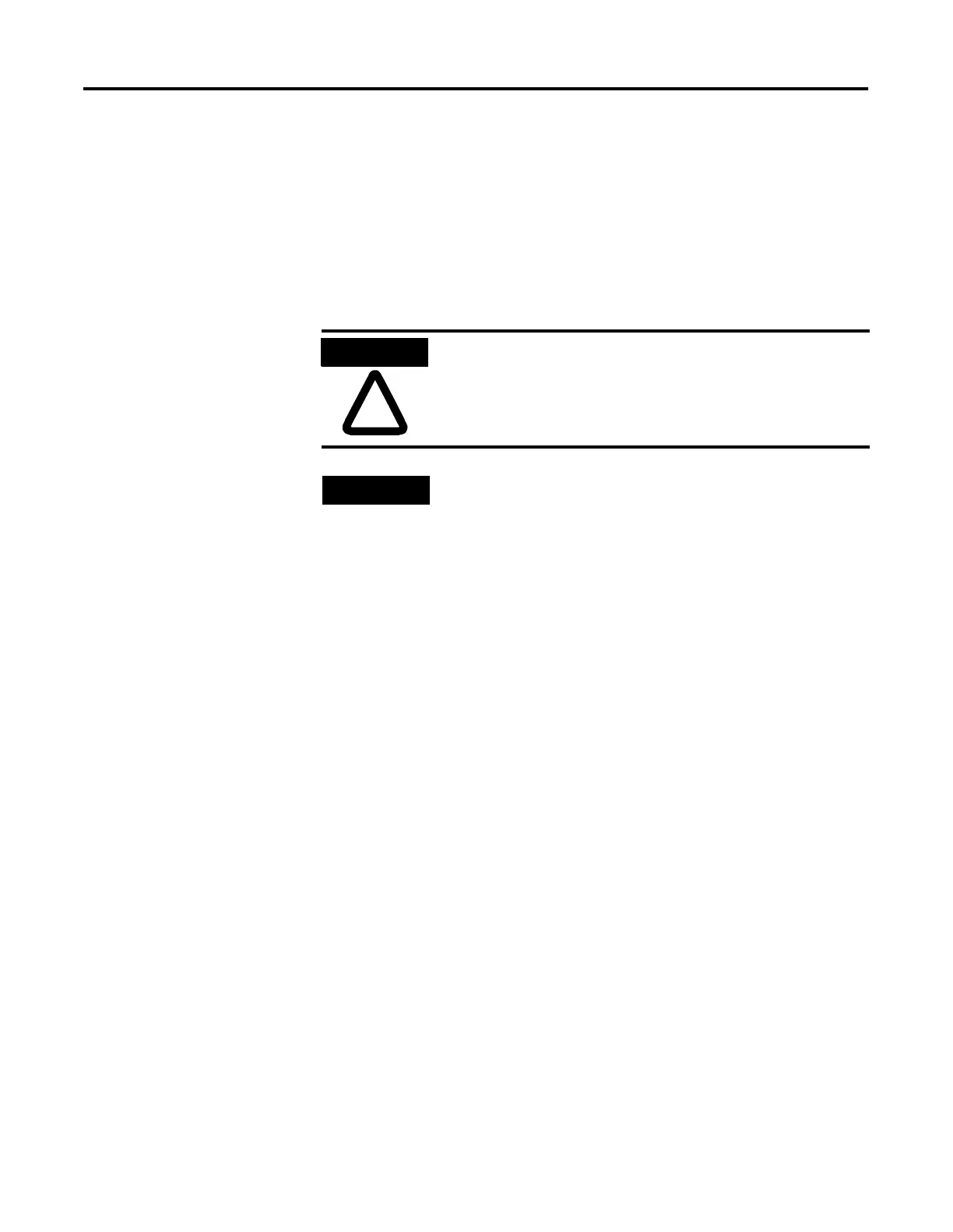